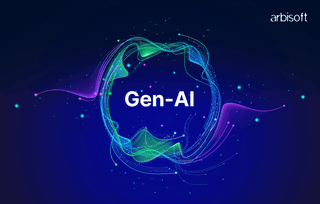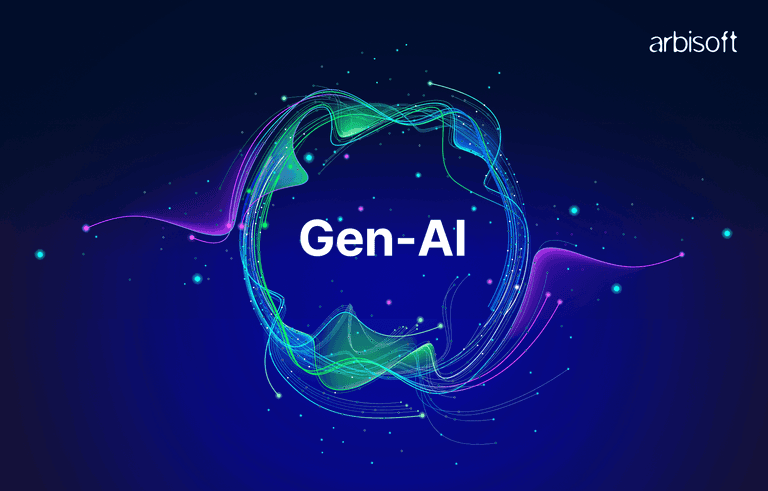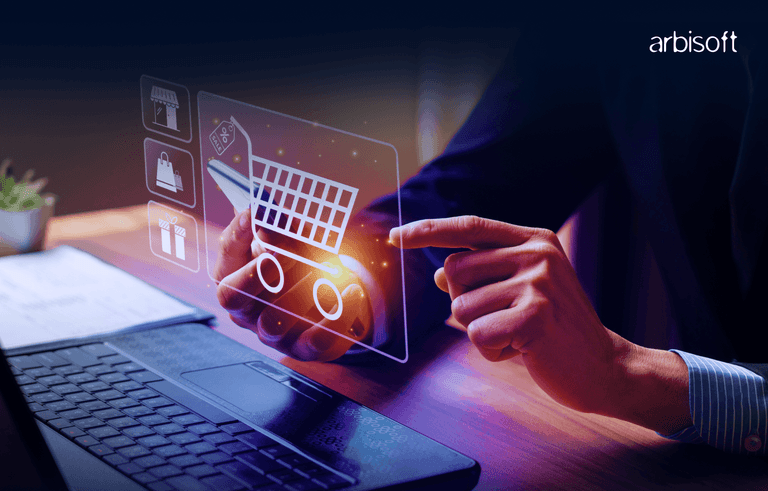We put excellence, value and quality above all - and it shows




A Technology Partnership That Goes Beyond Code

“Arbisoft has been my most trusted technology partner for now over 15 years. Arbisoft has very unique methods of recruiting and training, and the results demonstrate that. They have great teams, great positive attitudes and great communication.”
The Power of LNNs - How They're Changing the Game

Have you ever thought about how AI makes decisions? It can sometimes feel like a magic trick; you see the result, but you don’t know how it got there. Logical Neural Networks (LNNs) aim to change that. By blending the learning power of neural networks with clear, logical reasoning, LNNs are changing how artificial intelligence works. Think of an AI that not only learns from data but can also explain its decisions, like how someone might argue their point in a debate.
In this blog, we’ll explore what LNNs are, why they matter in deep learning, how they differ from regular neural networks, their benefits, and some real-world examples of how they’re used.
Unlock the key terms of Logical Neural Networks with our Essential LNN Glossary!

Download your free copy now to familiarize yourself with the foundational concepts and stay ahead in AI.

What Are Logical Neural Networks?
Logical Neural Networks are advanced models that mix symbolic logic with traditional neural networks. This combination allows LNNs to handle complex tasks while following logical rules, making their decision-making process more understandable. Unlike typical neural networks, which can seem like a black box, LNNs offer transparency by explaining how they arrive at their results.
Why Understanding LNNs in Deep Learning Is Important
AI is becoming more common in our daily lives, so having systems that are clear and trustworthy is more important than ever. Traditional neural networks are great at recognizing patterns but often can’t explain how they reached their decisions. LNNs help solve this by adding logical reasoning, making AI more accountable. This is especially useful in fields like healthcare, finance, and law, where understanding the reasons behind decisions is crucial. By making AI's decision-making more transparent, LNNs help bridge the gap between complex data and human reasoning.
LNNs Compared to Traditional Neural Networks
Here’s a quickfire comparison between traditional and logical neural networks based on some key features:
Feature | Traditional Neural Networks | Logical Neural Networks (LNNs) |
| Explainability | Low (black-box models) | High (logic-based reasoning provided) |
| Incorporation of Rules | No built-in rules or constraints | Can integrate formal rules and constraints |
| Generalization | Strong with large datasets | Enhanced with data + domain-specific rules |
| Handling Complex Logic | Poor (struggles with symbolic tasks) | Excellent (can apply complex logic) |
| Bias Control | Limited | Improved with ethical constraints |
Key Advantages of LNNs
Here are some key advantages of LLNs
1. Explainability: LNNs explain their decision-making process, which is particularly useful in sensitive fields like healthcare, where understanding the reasoning behind a diagnosis is important.
2. Integration of Domain Knowledge: These models allow the integration of expert knowledge and industry-specific rules, making AI systems more aligned with established standards.
3. Trustworthiness: By adhering to logical constraints, LNNs can reduce biases, increasing trust in applications where accountability is important, like finance and legal systems.
4. Reduced Overfitting: LNNs use logical rules that help prevent overfitting, enabling better generalization when applied to new data.
5. Flexibility with Limited Data: LNNs can function effectively with smaller datasets, which is beneficial in industries where data is scarce or expensive to collect.
Real-World Applications
1. Healthcare: LNNs help doctors make better decisions by combining patient data with medical guidelines. This makes the diagnosis more transparent, so doctors analyze and explain why a certain decision was made.
2. Finance: In the finance sector, LNNs help analyze financial data while ensuring compliance with regulations, managing risks, and detecting fraud, further enhanced by integrating business intelligence solutions for advanced data analytics..
3. Legal Systems: LNNs assist legal professionals by using logical reasoning to analyze case laws and past legal decisions. They help judges and lawyers find relevant information and offer recommendations based on legal principles. This ensures that decisions made by AI tools are not only data-driven but also legally sound and explainable.
4. Autonomous Systems: In self-driving cars, LNNs improve decision-making by combining real-time driving data with traffic laws. This means the AI system makes decisions like stopping or turning while ensuring it follows road safety rules, leading to safer and more reliable autonomous driving.
5. Natural Language Processing (NLP): LNNs enhance language models used for analyzing contracts and legal documents. They ensure that the AI understands and applies logical rules to the text, making the analysis clearer and more reliable. This is especially useful in areas like contract review or legal document analysis, where the logic behind the decision matters.
LNNs represent a promising shift toward more transparent and accountable AI systems, addressing some of the biggest challenges in AI today. For companies looking to integrate these advanced AI solutions, leveraging ai and data science services can offer expert guidance to ensure clear and responsible implementation.
In a Nutshell
LLNs are leading us to a new time in AI, where being clear, precise, and responsible is just as important as using smart data. By combining the power of Neural Networks with clear and transparent thinking, LLNs are providing a good way to tackle some of the biggest challenges.
As we move ahead, it will be important to understand and use LLNs to create AI systems that are not only smart but also easy to trust and explain.
























